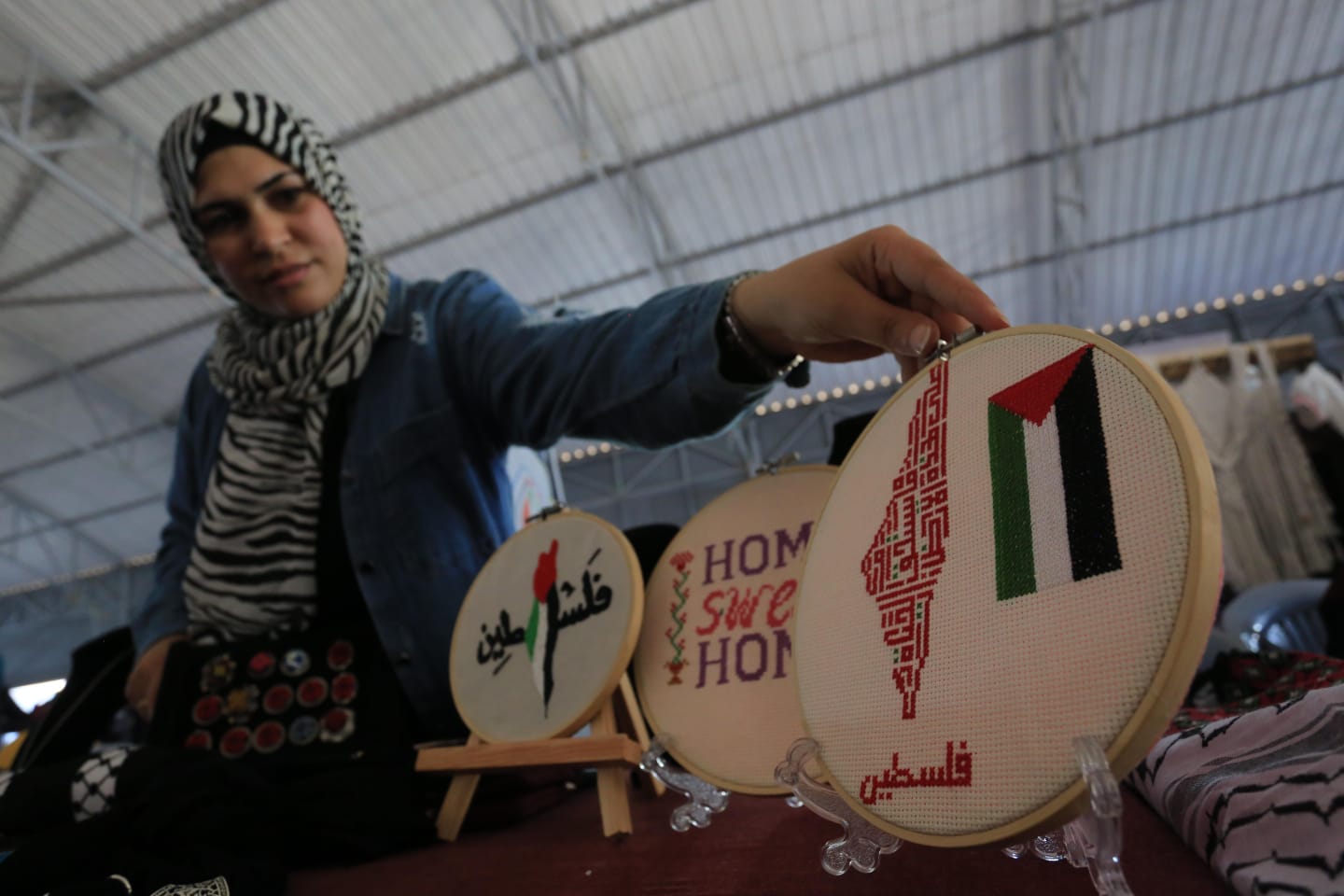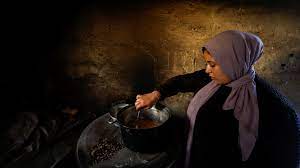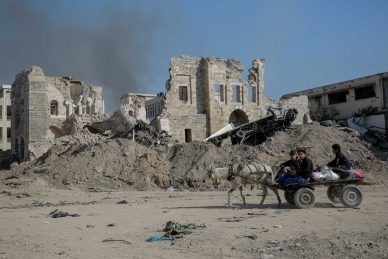The Palestinian heritage is an integral aspect of the identity and history that the Palestinians adhere to without compromising.
The Palestinian people in occupied Palestine and diaspora are accustomed to commemorating Palestinian Heritage Day because it is a way to display their right to the land they have been waiting to return to since they were forcibly displaced from it in 1948. And to demonstrate that they have a history one which the Israeli occupation is trying to eliminate and even steal.
On the fourteenth of May 1999 the Palestinian Council of Ministers decided that the seventh of October of each year would be the Palestinian Heritage Day in which activities events and exhibitions that embody heritage in all its forms and types are held.
Palestinian heritage is a huge wealth of customs traditions values arts proverbs and folk songs. The heritage also includes clothing food handicrafts agriculture knitting and embroidery all of which represents for them an icon of patriotism and nostalgia for every grain of dust in it.
More than seventy years after the Palestinian displacement and the Nakba the ancestors are still living the traditional rituals with their simple details despite their draconian life under the Israeli occupation. Many dishes signify important memories and retain their fame until the present time such as maftoul musakhan and saj bread which is indispensable.
The traditional dress is adorned with agricultural embroidery. Often the Palestinian woman is adorned with the Palestinian dress that goes back to her original town. Each town is distinguished by its own dress such as Al-Majdal Ashdod and Beersheba and is proud when wearing it on national occasions weddings and happy occasions. The men also are not left out from these details.
One of the handicrafts worth stopping at in the midst of wealth of heritage is the pottery industry which our ancestors resorted to for their need to conserve water and food. Visitors can drink water from the jugs made of clay which has the ability to keep the water cold for a long time and watch as women do other handicrafts such as straw basket making ceramics glass rugs carpets and embroidery.
Usually the celebrations of the Palestinian Heritage Day continue over a period of several days and perhaps weeks where activities are launched from schools and universities as well as institutions concerned with heritage. In addition to children and women.
Events that resonate with folkloric melodies and chants such as dabkeh and songs mimicking the old life of the ancestors the smell of saj bread wafting in the place and girls and women wearing the embroidered dress in bright colors. Zarif Attoul and Dalounah are at the top of Palestinian folk singing. You can hear these songs at all the wedding parties and festivals.
The plastic artists in turn are not excluded in the commemoration of the Palestinian Heritage Day where they participate in drawing long murals some of which reach 200 meters high through which the artist embodies the Palestinian wedding or paints the keys of return. Sometimes they paint the archaeological monuments of Palestinian cities that go back hundreds of years and are a wonderful example and model for Palestinian architecture.
Awareness amongst generations about the true meaning of Palestinian heritage and strengthening it in their souls is a goal that those in charge of heritage exhibitions are keen on as it is a witness to the place and time and experiences of our grandparents and fathers.
The occupation is striving to obliterate the Palestinian identity but the Palestinians are relentlessly confronting that. The past to them means the present and the future. They have never surrendered in the face of continuous attempts to obliterate their history and identity. They spread their heritage all over the world. The Palestinian refugees abroad play no less role towards their heritage. They contribute to planting the heritage values of the Arabic communities in Western countries.
There are thousands of heritage pieces located in Palestinian heritage exhibitions such as mills sickles lamps babours and copper pots that are used for cooking sewing and other activities.
One of the most important heritage centers in the arts and crafts sector that was bombed and completely destroyed is Gaza City’s Arts and Crafts Village which displayed the Palestinian heritage through its national and official celebrations. A large number of interested and specialists in history and heritage visit it.
Nevertheless despair did not infiltrate the hearts of those in charge but rather they worked day and night to rebuild the village so that it would remain a permanent shrine and a Palestinian address for the inherited civilization and culture centers.
– Wafa Aludaini is a Gaza-based journalist and activist. She contributed this article to the Palestinian Information Center.














